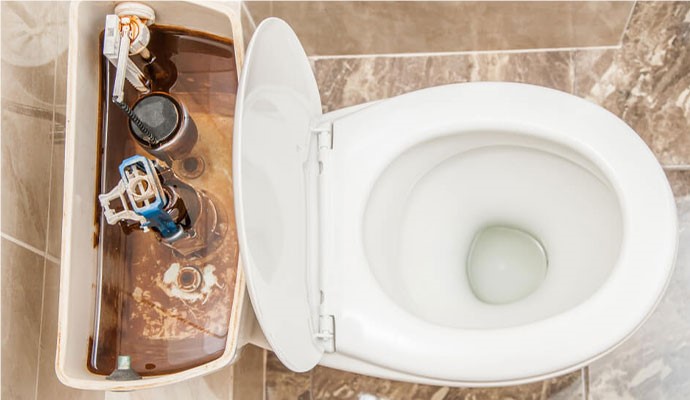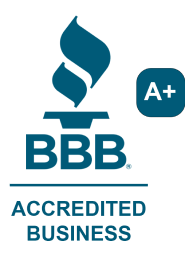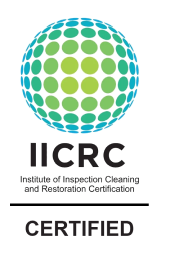
Water damage from toilet malfunctions are something most people don’t think about until it happens to them. Overflowing toilets can cause major damage, destroying homes and making the property unsafe.
Damage From Toilet Overflows
Toilet overflows can cause a vast and varied amount of damage depending on the layout of the home and location of the bathroom. An overflow in the powder room on a slab foundation will likely cause less damage than one in the master bedroom on the second floor. Water from an overflowing toilet can cause damage to:
- Baseboards and flooring
- Subfloors
- Drywall
- Electrical wiring
- Ceilings of lower levels
- Trim
- Cabinets
- Carpeting
Essentially, the overflow from a toilet can cause damage to any material in the home it contacts. Water, especially when it goes unnoticed for a time, is incredibly destructive. Not only will it damage the materials on its own, left untreated, it can cause mold and mildew growth in the home.
Special Consideration for Toilet Overflows
Some water damages like those from a burst pipe or a leaking water heater are cut and dry. Water damage from a toilet leak are less so. Toilets have water sources that are clean, like the supply line, and those that are dirty, like a backup. When a toilet is the source of a water damage, it’s extremely important to determine where exactly the water came from to determine the type of water being mitigated. Water restoration professionals have three categories of water quality:
Category 1
Also called "clean water," category one water is considered sanitary and doesn’t pose a health risk on its own. Typical sources of clean water would be supply lines.
Category 2
Category two water is sometimes called grey water. This is water that may contain some contaminants that could cause illness. A common source of grey water would be the drain from a washing machine or dishwasher.
Category 3
Black water is category three water. This water is considered grossly contaminated and poses a great risk to human health. A toilet backup from the sewer line would be considered black water.
What to Do if Your Toilet Overflows
1) Determine the source of the water – is it coming from the supply line or tank or is the toilet backing up?
2) Contact your insurance to start a claim and a professional mitigation company as soon as possible to begin cleanup.
3) If the water is clean water, do whatever is needed to stop the flow and then begin drying.
4) If the water is black water, wait for a professional. Black water is extremely dangerous and should only be handled by a professional wearing the appropriate personal protective equipment.
5) Don’t assume that there isn’t damage just because you don’t see damage with your naked eye. Water seeps into crevices and cracks, causing unseen damage. Call in a professional to take moisture readings to make sure there isn’t any hidden water.
Toilet overflows can range from a mild inconvenience to a significant problem, depending on the amount and source of the water. Water damage of any kind is a serious problem, and the added chance of the water from a toilet being contaminated water makes it even more important to call in a professional when overflows occur.
Subscribe to Innovative Restorations's Blog






Comments